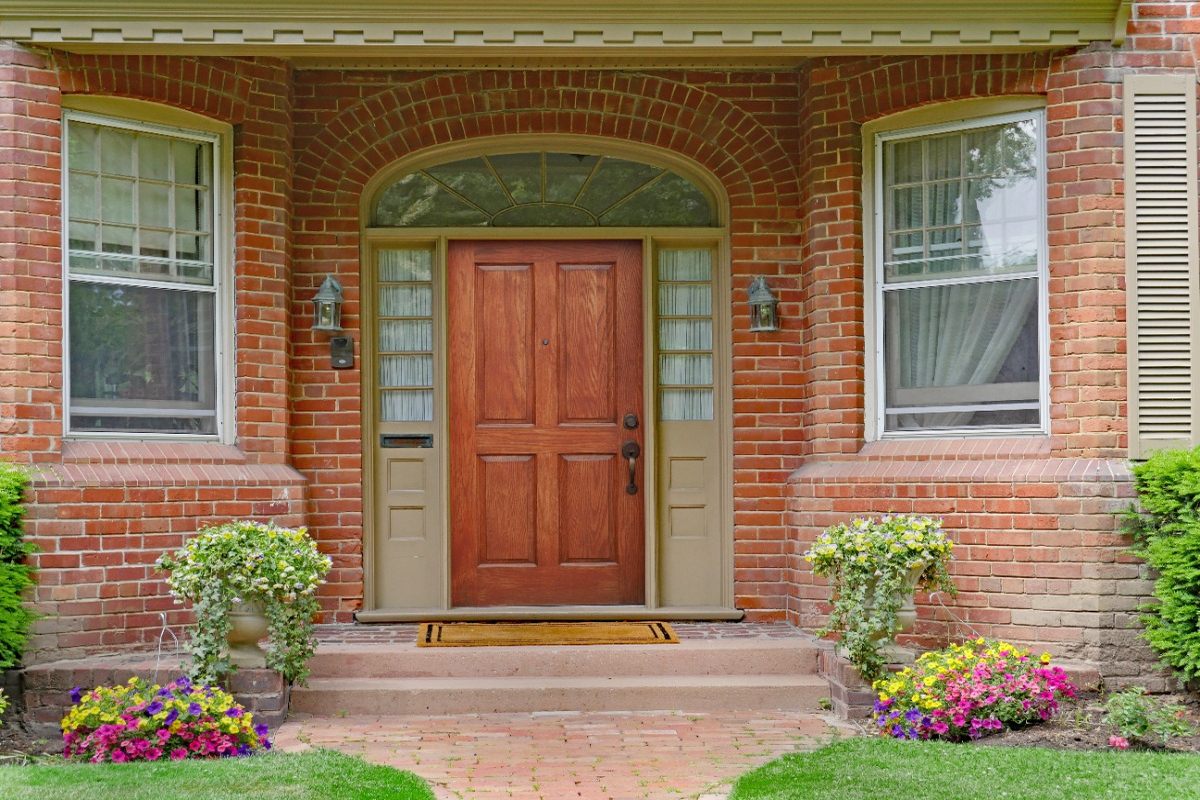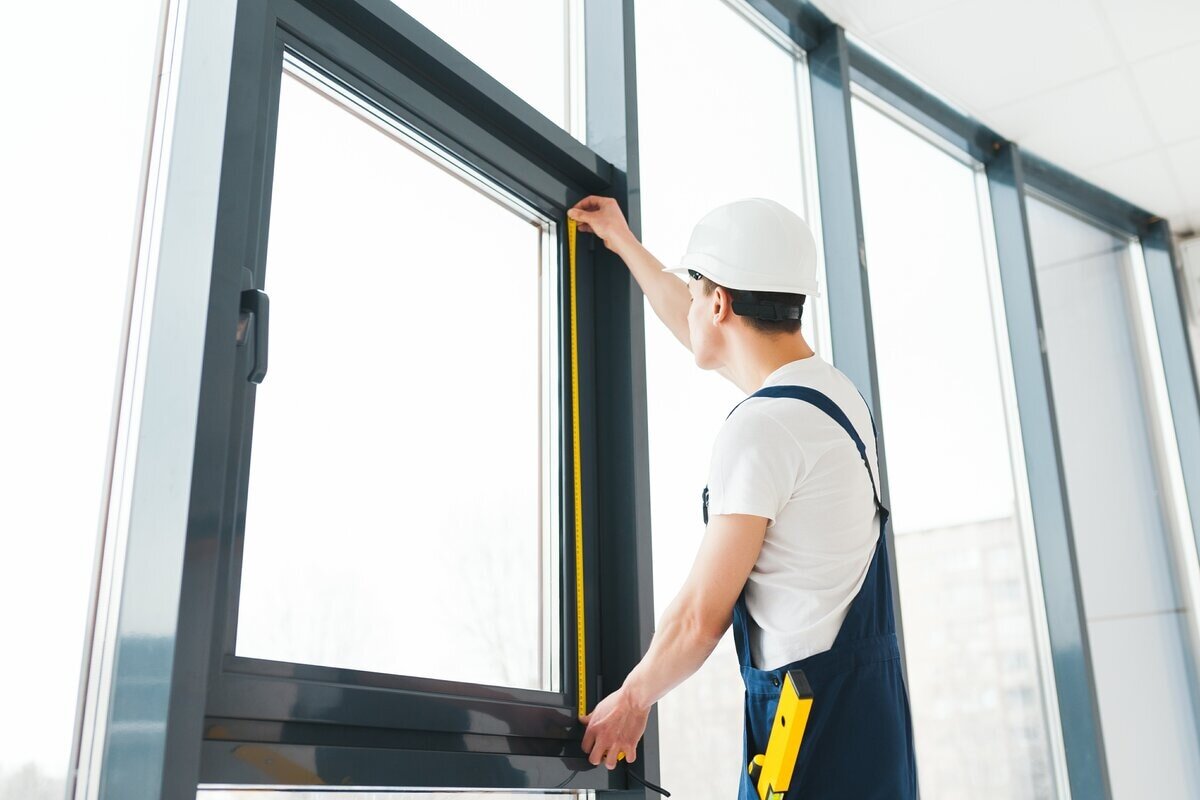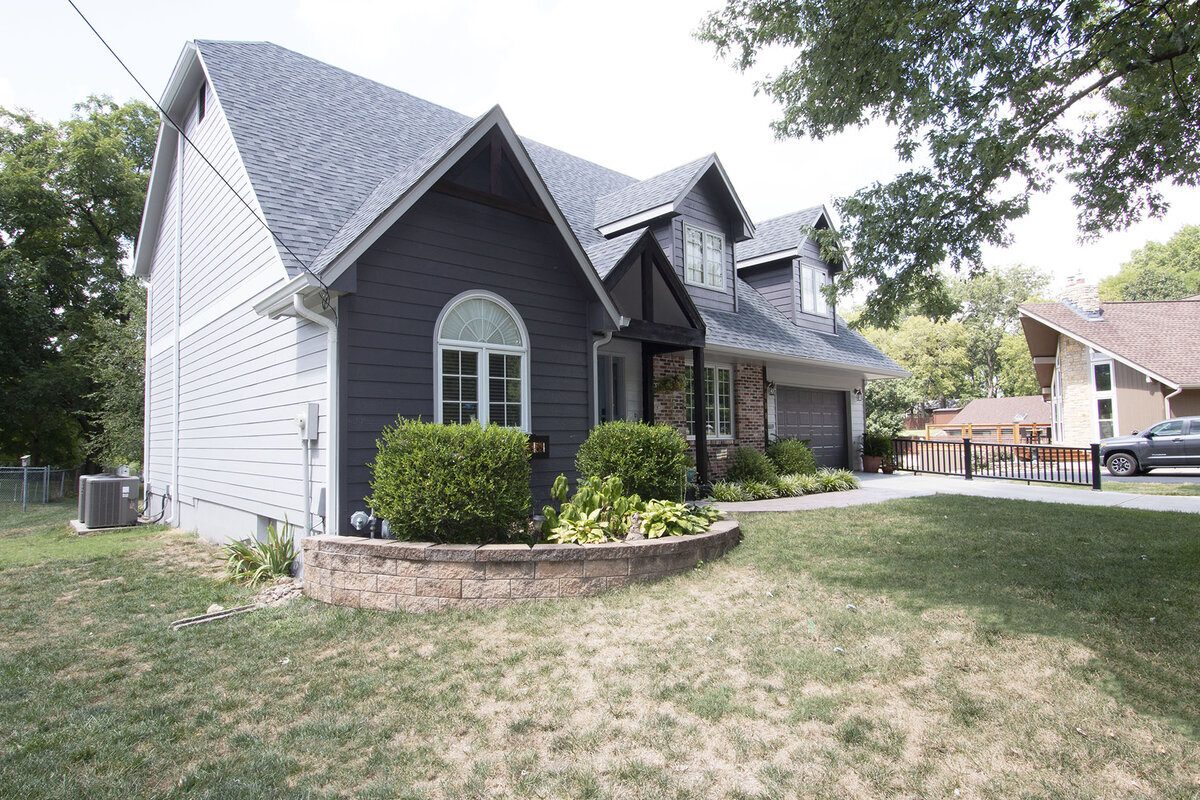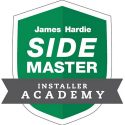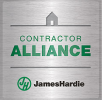When it comes to ensuring the longevity and appearance of your home’s exterior, the significance of a proper Poorly Installed James Hardie Siding just can’t be understated. James Hardie siding, praised for its durability and visual appeal, can fall short of its promises if not correctly installed by trained and experienced contractors. While properly installed siding offers years of minimal maintenance and protection, a poorly executed job can lead to numerous issues. In this article, we’ll look at common signs of a subpar installation, allowing homeowners to address concerns promptly.
Recognizing Imperfections
While some imperfections might be subtle, others can be glaringly obvious, even to the untrained eye. From visible gaps and misalignments to improperly overlapped panels, these imperfections not only detract from your home’s aesthetic appeal but also compromise its protective functions.
Gaps and Misalignments
One of the most evident signs of Poorly Installed James Hardie Siding is the presence of gaps and misalignments between the siding planks. When the siding is not installed flush against the home or when the planks are misaligned, it can lead to:
- Water Infiltration: Gaps allow water to seep behind the siding, which can result in mold growth, rot, and structural damage over time.
- Pest Intrusion: Small gaps can become entry points for pests, leading to potential infestations.
- Aesthetic Issues: Visibly misaligned siding can detract from the curb appeal of your home, diminishing its overall value.
Inadequate Overlaps
Proper overlap is crucial for any siding, especially for James Hardie products. Overlap ensures that water is effectively shed away from the home and prevents it from penetrating the siding. Signs of inadequate overlaps include:
- Visible Seams: If you can spot where one plank ends and the next begins too easily, it might indicate insufficient overlap.
- Water Stains: Improper overlap can lead to water seeping behind the siding, resulting in visible water stains on the siding’s surface.
- Increased Vulnerability: Areas with insufficient overlap are more susceptible to damage from wind and can become weak points where the siding can crack or break.
Improper Nailing Techniques
Nails play a critical role in securing the siding to your home, and any deviation from the recommended nailing techniques can be a sign of Poorly Installed James Hardie Siding. Some issues arising from incorrect nailing include:
- Nail Pops: Over time, nails that aren’t driven in properly can push out, leading to visible bumps or protrusions on the siding surface.
- Loose Panels: Insufficiently nailed siding can result in loose or wobbly panels, increasing the risk of them getting detached in strong winds.
- Penetration Issues: Driving nails too deep can compromise the siding’s integrity, leading to cracks or making the siding susceptible to water damage.
Absence of Weather Barriers
Another critical component for longevity that is typically overlooked in poor installations is the weather barrier, designed to prevent moisture infiltration. An absence or poorly installed barrier means:
- Increased Moisture: Without a proper barrier, moisture can easily find its way behind the siding.
- Potential for Mold and Rot: Trapped moisture can lead to mold growth and wood rot, damaging the structural integrity of your home.
- Decreased Energy Efficiency: Proper barriers also play a role in insulating your home, so their absence can lead to increased heating and cooling costs.
Trust Hawthorn Home Exteriors To Protect Your Home
Recognizing the signs of a poor James Hardie installation is essential to address potential issues before they escalate. It emphasizes the need for expert professional installation from the outset. If you spot any of the above signs or have concerns about your siding, turn to Hawthorn Home Exteriors for an expert assessment and professional repair of poorly installed James Hardie siding.



